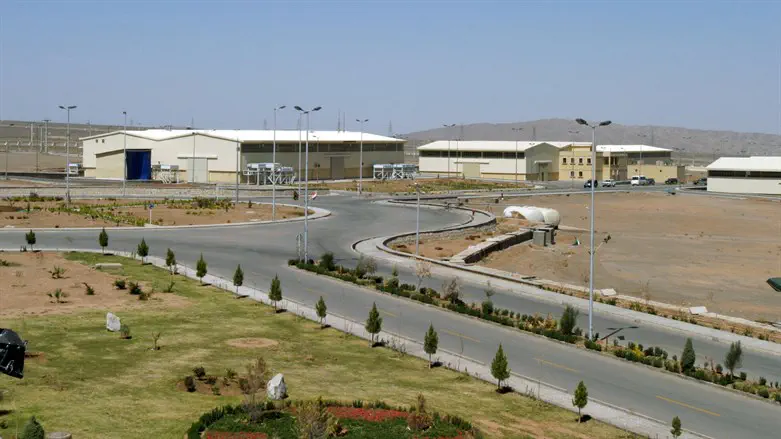
Iran has established a substantial new security perimeter around two underground tunnel facilities located near its central nuclear complex at Natanz, according to a newly published report from the Institute for Science and International Security quoted by Reuters on Wednesday.
The report, which is based on satellite imagery obtained in late March, suggests that the fortified sites may soon become operational.
The findings come as diplomatic efforts between Washington and Tehran are set to resume this weekend, with a third round of discussions aimed at reviving constraints on Iran's nuclear program.
David Albright, president of the Institute for Science and International Security, highlighted the strategic significance of the new perimeter and tunnel systems, which are located beneath Mount Kolang Gaz La.
“The construction suggests these facilities could be nearing operational status,” Albright stated, according to Reuters. He further noted that international nuclear inspectors have not been permitted to access the area, raising suspicions about the site's intended use.
The tunnels could potentially be used to conceal stockpiles of highly enriched uranium, as well as advanced centrifuges capable of rapidly enriching uranium to weapons-grade levels, Albright warned.
Iran has indicated that the new underground complex will house centrifuge assembly activities, previously conducted at a Natanz facility that was severely damaged in a 2020 sabotage incident.
Albright emphasized that the depth of these tunnels surpasses that of Fordow, Iran's already deeply buried enrichment plant near Qom, making them potentially more resistant to airstrikes or sabotage.
Satellite images dated March 29 reveal reinforced tunnel entrances, high barriers lining a graded road encircling the mountain summit, and additional excavations likely intended for more security infrastructure. The northern edge of this newly constructed perimeter appears to connect directly with the existing security boundary of the Natanz nuclear site.
The report follows a second round of indirect discussions held between the US and Iran in Rome this past Saturday, after a first round in Oman. The next round of discussions is scheduled to take place this Saturday.
Both rounds of dialogue have been described by involved parties as “constructive.”
Iranian President Masoud Pezeshkian declared on Monday that Tehran is prepared to reach a negotiated arrangement with the United States, contingent upon the protection of its national priorities.

